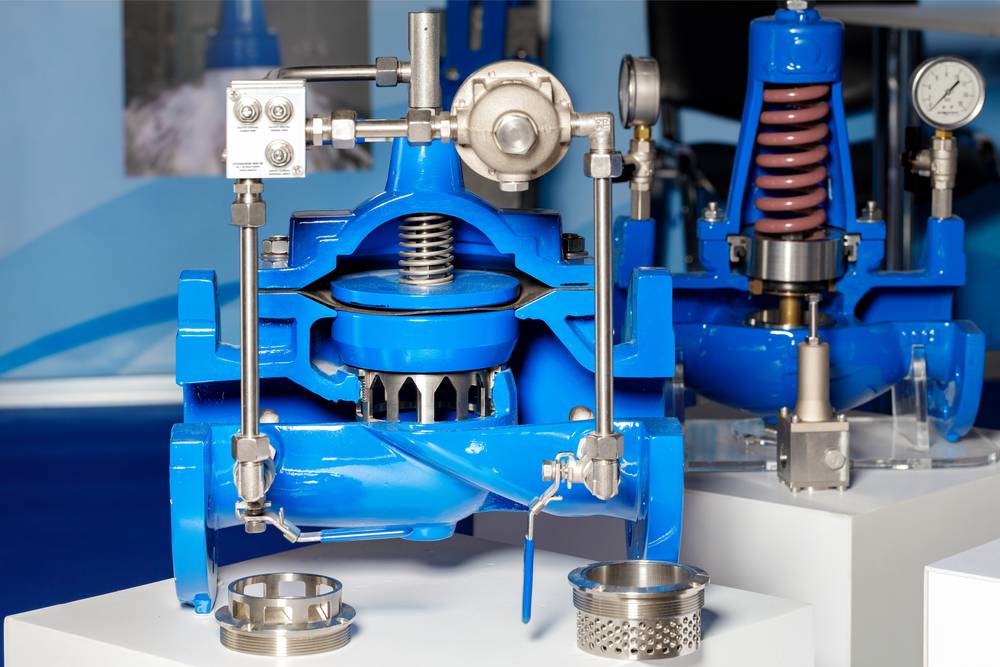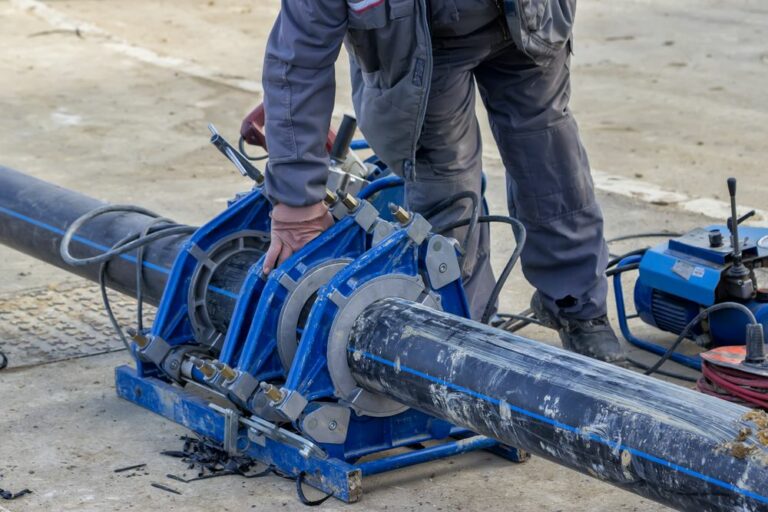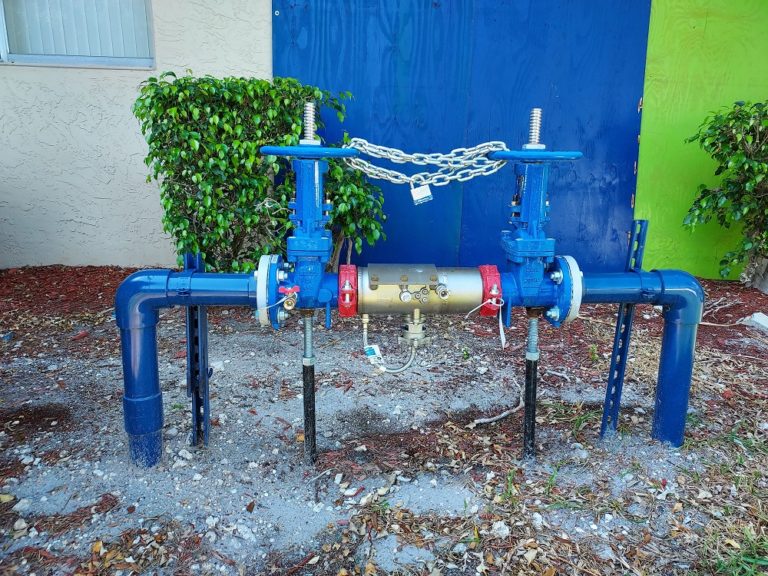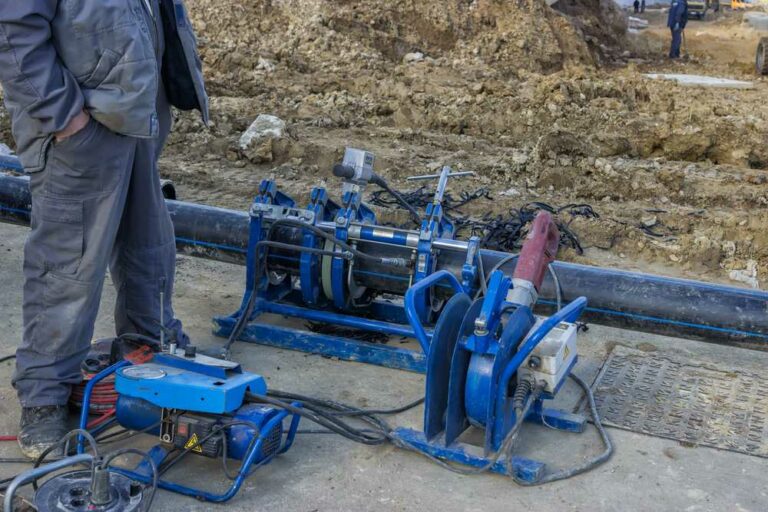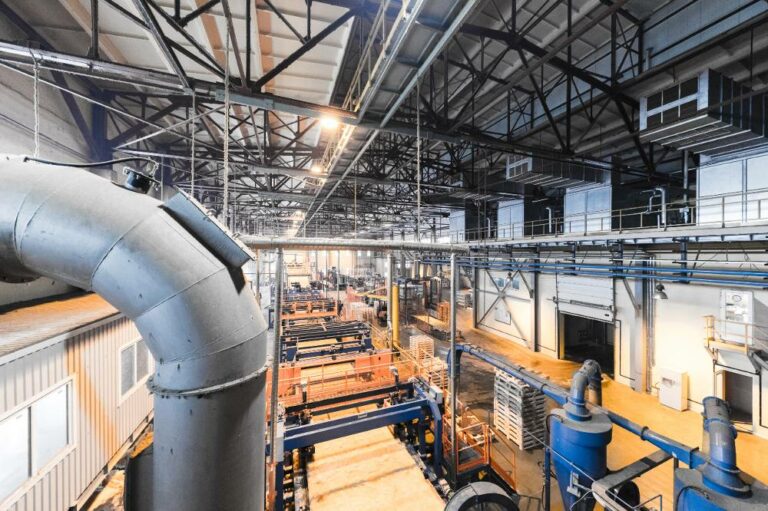Stay Ahead of the Flow with Proactive Backflow Prevention Maintenance in South Florida
Backflow or reverse water flow in the plumbing systems poses grave health and environmental threat. Backflow prevention is a significant plumbing function that protects water sources from cross-contamination, enabling risk-free water consumption.
This article discusses the importance of regular maintenance and proactive backflow prevention in South Florida.
Health-Related Risks of Backflow in Residential and Commercial Buildings
Water flowing in the opposite direction can produce far-reaching consequences for human health. There are numerous examples of diseases and outbreaks resulting from backflow. The most famous include typhoid, dysentery, amoebiasis (1800-1940), infectious hepatitis (1900), Legionnaire’s disease (1976, Philadelphia), and Salmonella outbreak (1985, Chicago area). Available backflow incident records contain incredible stories about potable water supply contamination in residential and commercial buildings. For example, in 1986, Alabama residents reported water bubbles running out of the faucets, causing skin blisters and throat burns. The contamination came from a nearby chemical company, releasing sodium hydroxide into the main water supply. Another incident involved propane gas in a municipal water supply system in Connecticut in 1982, causing fires in two homes and potable water contamination. The difference between the vapor pressures of the propane gas (from a local gas company repairing a liquid tank) and the water pressure caused the backflow into the water main. Next, a 75-apartment housing complex (approximately 300 people) in a city in Pennsylvania experienced contamination with chlordane and heptachlor. An exterminating company applied insecticides against termites that ended up in the water supply when a contractor mixed the chemicals using water from a garden hose. Backflow-associated risks are the most common in the following industries: chemical plants, paint manufacturers, laundromats, car washes, insect control businesses, mortuaries, petrochemical plants, and agricultural facilities.
Backflow Prevention Ensures a Safe and Potable Water Supply
Considering the danger of cross-contamination, installing an effective backflow prevention system is the best investment for yourself, future generations, and the environment. The mentioned examples show how harmful backflow can be to human health and safety. A proper backflow prevention device enables enjoying fresh and healthy potable water while preventing various prevalent diseases affecting the wider population. No amount of precaution is excessive when it comes to public health and environmental sustainability.
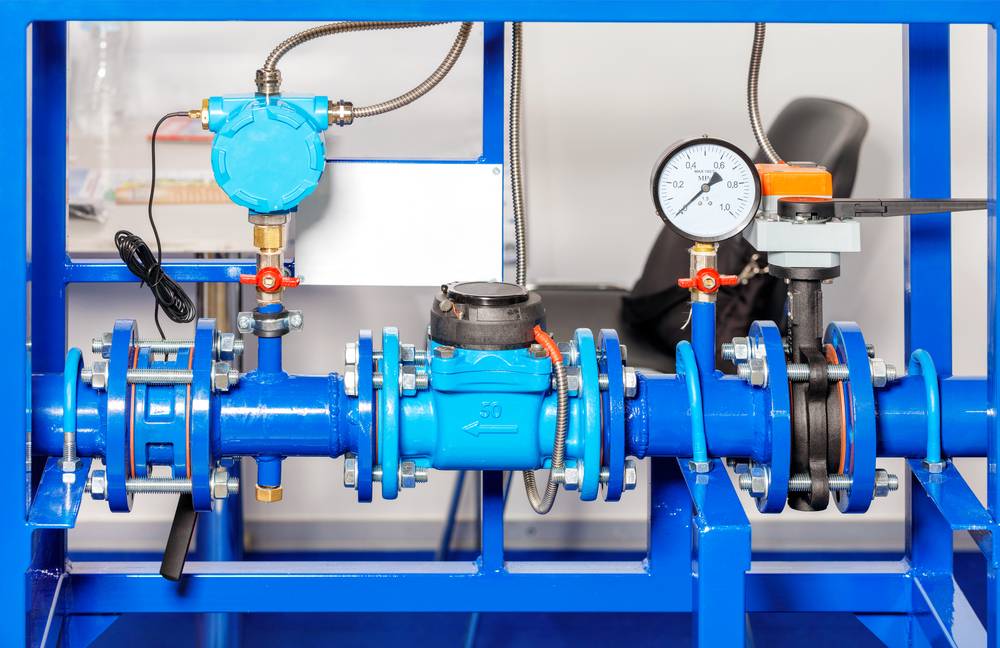
Typical Backflow Prevention Devices and Their Functions
Backflow preventer devices come in various shapes and sizes. They all perform one principle function – preventing backflow, each in its specific way. The most common devices are:
- The Pressure Vacuum Breaker (PVB). This type of device is known for its efficacy and low cost. It has an inlet shutoff valve at the bottom, an outlet shutoff valve, and a valve body consisting of a pressure vacuum breaker and a check valve. It is easy to install, repair and maintain.
- The Reduced Pressure Zone (RPZ). RPZ is the most complex backflow preventer device. Its installation, repair, and maintenance are complicated and expensive. On the other hand, it is the most reliable and secure. The device is compatible with below-ground and above-ground installation (although the above-ground is preferable). It protects against back pressure and back siphonage.
- The Double-Check Assembly (DCA). Also known as double check valves (DCV), this backflow preventer is suitable for indoor or underground installations. It consists of an inlet shutoff valve, an outlet shutoff valve, two spring-loaded check valves, and four test cocks. The device functions best if you install it vertically.
- The Atmospheric Vacuum Breaker (AVB). AVBs are the least expensive and simplest backflow prevention devices. As such, they are the least reliable and secure. The device has application in one or two-zone irrigation systems.
Why is Regular Backflow Prevention Maintenance Vital?
Installing a reliable backflow preventer device ensures your potable water is healthy and secure from cross-contamination. Getting the most out of the backflow prevention system means installing the device outdoors and above the ground. However, regular maintenance is as vital as proper installation. The best practices for backflow prevention maintenance include annual testing and certification. Ensure the certified experts perform yearly inspections, searching and detecting potential issues that can lead to problems. In addition to regular testing, check your device throughout the year, paying attention to common red flags or signs that your backflow preventer leaks. Conducting annual testing and staying vigilant about device functioning problems will quickly pay off because regular maintenance costs less than major repairs or re-installation.
Regulations and Codes Dealing with Backflow Prevention in Florida
In Florida, residential and commercial properties using a potable water system must have a cross-connection control program or a backflow prevention device (Section 62-555.360 Cross Connection Control for Public Water Systems). In Fort Lauderdale, the city-contracted backflow prevention companies manage the backflow certification process. The city regulations dealing with backflow prevention include a cross-connection ordinance and a backflow ordinance (Sections 28-157 of the City Code). Not complying with local, state, and federal codes and regulations endanger the public water system and result in water service termination.
What is the Future Outlook for Backflow Prevention?
Dealing with water safety and cross-connection control has never been more significant. Despite efforts by local authorities and governments to invest in environmental protection and green technology, water pollution remains one of the central challenges in the future. Without reliable backflow prevention systems, residential and commercial buildings will remain without vital infrastructure. As a consequence, the real estate industry and the economy as a whole will suffer, leading to broader negative implications. That is why efficient backflow prevention is crucial to future social and economic progress.
Be Proactive – Choose Backflows Only
Backflows Only is a Florida-based distinguished backflow prevention company specializing in backflow preventer installation, certification, and repair.
Our top-notch specialists are available 24/7 in Fort Lauderdale, South Florida, and Broward County. Whether you need a backflow installation, repair, or maintenance, at Backflows Only, we have your back.

